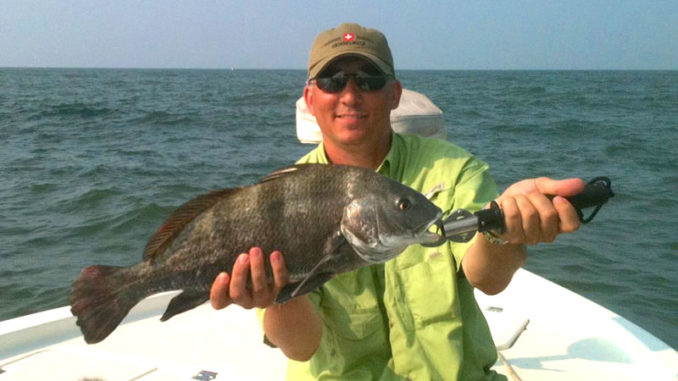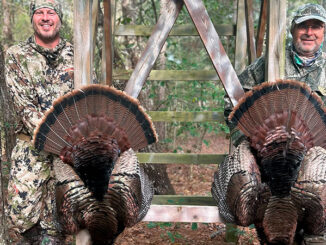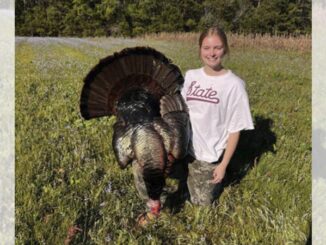
Black drum bite heats up in Little River this month
Black drum bite all year in the Little River, S.C., area along the North Carolina-South Carolina border, but May is when more people begin catching them. That’s possibly because more people start fishing once the warm weather patterns arrive.
One thing’s for sure, the bite for these fish is hot this time of year.
Tom Cushman of Capt. Cush’s Calmwater Charters said black drum are sometimes the saving grace on May trips when other species can be fickle. A lot of anglers catch them “by accident” while targeting other species. But Cushman said anglers can effectively target black drum. He said they should keep two things in mind.
“No. 1, these fish will stick much tighter to structure than most other fish,” he said. “And No. 2, these fish feed almost exclusively on the bottom.”
Cushman said black drum are not especially picky about what they eat. Shrimp, small crabs, small mud minnows and pieces of cut bait all work. Anglers sometimes catch them on artificial lures, but Cushman said if you’re targeting this species, it’s best to stick with the real thing.
Look shallow this month
“In May, you can find them in about any depth in the Little River area,” Cushman said. “They stay in deep holes throughout the winter. But this time of year, they can be shallow. You just want to look for structure, whether that’s boat docks, oyster rocks, downed trees or tree limbs like you’ll find in a lot of the smaller creeks here, concrete walls — these are all good spots to find black drum.”
One of the most-obvious places, Cushman said, is the jetties, where a shrimp fished on the bottom can produce a black drum on almost every cast when an angler finds a school of these fish.
Cushman (843-997-5850) said redfish and speckled trout usually bite better when the tide is moving in either direction. But that’s not always the case with this species.
“They are a good species to target when the tide isn’t moving at all. These fish don’t rely on any certain tide sequence,” he said. “Some days, they’ll bite better on certain tides. But some days it doesn’t seem to matter at all. So these fish are always an option, and (they) can help fill the time in between tide shifts.”
Cushman said it’s always a good idea for anglers to take note of many factors when catching any fish. But he said that’s especially true when hooking black drum.
“If you catch one right next to a tree limb on an oyster bottom that’s just out of the current, look for other areas very similar to that one for more drum,” he said. “These fish can change habits from day to day. So when you catch one, the rest of them will be in similar places. And when you catch one, don’t think it’s the only one there. These fish are often in schools, so look for more to be there.”





Be the first to comment